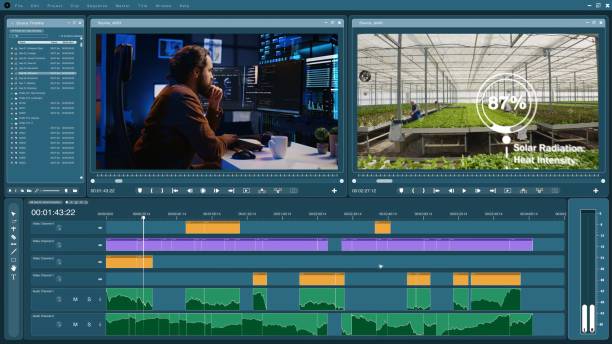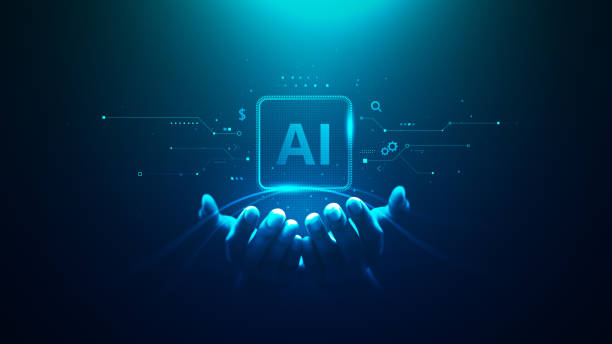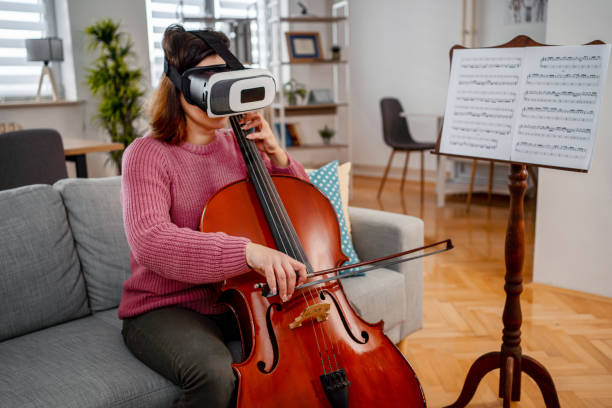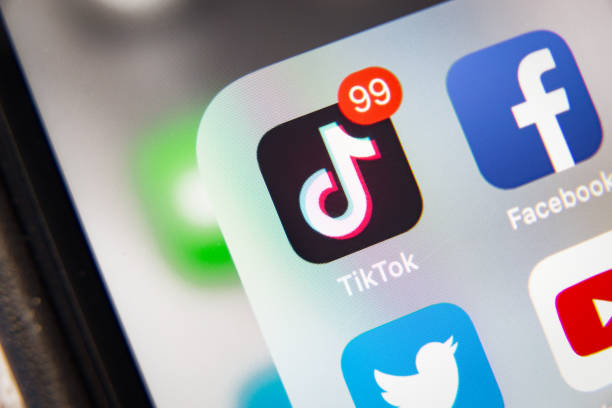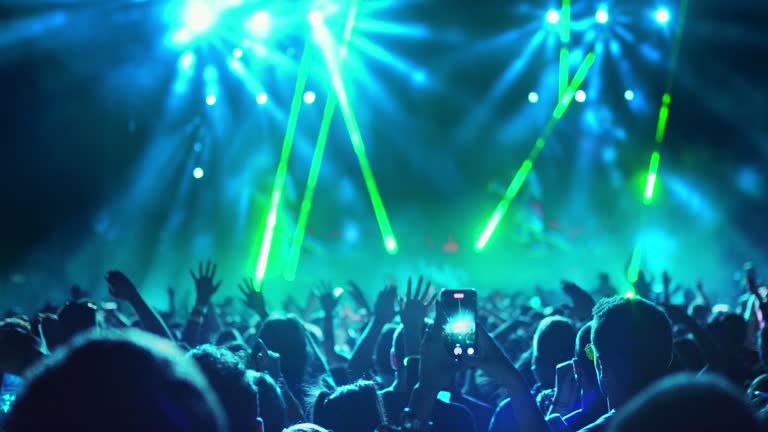Animation has completely changed the way movies are made and enjoyed today. From fun cartoons to big blockbuster films, animation brings stories to life in amazing ways. It’s no longer just for kids. Even adults now love animated movies because they offer fresh ideas and stunning visuals. Thanks to animation, filmmakers can show anything they imagine—magical worlds, talking animals, or giant robots. Over time, animation has improved with better tools and creative minds. It helps tell powerful stories that connect with people from all backgrounds. This article will show how animation has changed the film industry, made new possibilities for storytelling, and created a bigger space for imagination in movies.
The Early Days of Animation in Film
Animation started with simple drawings and short scenes that were fun to watch. In the beginning, movies used hand-drawn pictures that were shown quickly, one after the other, to make characters move. This early style amazed people because it was new and different from regular films. Famous names like Walt Disney helped animation grow by creating cartoons with fun characters and touching stories. Mickey Mouse and Snow White were some of the first big hits. These early cartoons were special because they combined art and story in a new way. Over time, animators used better tools and ideas to make scenes look smoother. These beginnings laid the foundation for what animation would become in movies.
Technology’s Role in Advancing Animation
As time passed, technology made animation even better. In the early days, animators drew every frame by hand, which took a lot of time. Now, computers help create detailed and lifelike animations much faster. The move from 2D (flat) to 3D (three-dimensional) animation brought a new level of depth and beauty to films. Studios like Pixar showed how powerful computer animation could be with movies like Toy Story. This was a big turning point. Today, software lets artists create worlds that feel real and characters that show deep emotions. Because of this, animated movies can now compete with live-action films in every way, from looks to storytelling, making animation more popular than ever.
Animation’s Impact on Storytelling and Creativity
Animation gives filmmakers more freedom to tell stories in creative ways. Unlike live-action movies, animated films aren’t limited by real-world rules. You can have flying castles, talking animals, or magical creatures without needing big budgets for special effects. This freedom lets writers and artists dream big and share unique ideas. Animation is also great at showing emotions and deeper messages, often in simple but powerful scenes. For example, a movie like Inside Out explores emotions through colorful characters, making big ideas easy to understand. With animation, the story possibilities are endless. This has helped the film industry become more creative, letting storytellers push boundaries and touch hearts across the globe.
How Animation Has Opened Doors for Diverse Voices
Animation has helped more voices be heard in the film world. Because you can create any character or setting, it’s easier to show stories from different cultures and communities. Studios are now making animated films that reflect a wider range of people, like Coco, which celebrates Mexican traditions, or Encanto, which highlights Colombian culture. These films let more people see themselves on screen, building connections and pride. Animation also gives a platform to underrepresented groups, making room for new ideas and talents. As a result, audiences enjoy richer and more meaningful stories. This change has helped make the film industry more inclusive and has allowed more people to share their unique experiences through animation.
The Business Side: Animation’s Box Office Success
Animated movies have become some of the biggest earners in the film world. Over the years, films like Frozen, The Lion King, and Minions have made billions of dollars worldwide. One reason is that animated films appeal to all ages, from kids to adults. Their stories are often fun, emotional, and filled with exciting adventures. This wide appeal helps bring in more viewers. Also, animated characters often turn into toys, games, and theme park rides, adding to the money they make. Studios see animation as a smart investment because it brings in high profits and lasting popularity. This success proves that animation is not just creative—it’s also a strong business tool for the film industry.
Animation in Streaming and Digital Platforms
With the rise of streaming services like Netflix, Disney+, and Amazon Prime, animation has reached more people than ever. These platforms have given new life to animated films and shows by making them easy to access at home. Now, audiences can enjoy high-quality animation on their own screens anytime. Streaming has also made room for new creators and different styles. You’ll find 2D, 3D, stop-motion, and anime-inspired content from all over the world. This variety has made animation even more popular. People love that they can watch stories from many cultures in many styles. As streaming continues to grow, animation will keep evolving and reaching wider audiences around the world.
Blending Animation with Live-Action Films
Today, many movies mix animation with live-action scenes to create exciting experiences. This blending of styles makes stories more engaging and visually stunning. Films like Avatar, The Jungle Book, and Who Framed Roger Rabbit show how animation and live-action can work together. In these movies, animated creatures or effects are added to real-life footage using advanced technology. This mix helps filmmakers tell stories that would be impossible to film in real life. Animation adds magic, mystery, and creativity to the screen, while live-action brings a sense of reality. This blend has opened new paths for storytelling and made the film industry more dynamic and exciting for both creators and audiences.
How Animation Shapes Audience Emotions
Animation has a special way of connecting with emotions. Even without real actors, animated characters can make us laugh, cry, and feel deeply. This emotional power comes from a mix of storytelling, voice acting, music, and visuals. Films like Up or Finding Nemo are great examples of how animation can touch the heart. The characters, even when drawn or created with computers, feel real because of their actions and the worlds they live in. Audiences connect with them just like they would with live actors. This strong emotional bond helps animated movies stay in people’s hearts for years. It’s a big reason why animation continues to grow in popularity across all age groups.
Future of Animation in the Film Industry
The future of animation looks brighter than ever. As technology improves, animation will continue to surprise and impress audiences with new styles and smarter tools. Filmmakers will be able to create even more lifelike characters and amazing worlds. Virtual reality and interactive films are already starting to appear, where viewers can explore animated scenes in new ways. Artificial intelligence is also being used to speed up animation work, making it easier for more people to create films. This means we’ll see even more diverse stories and fresh ideas. Animation will stay an important part of the film industry, not just as a style, but as a creative force shaping the future of movies.
